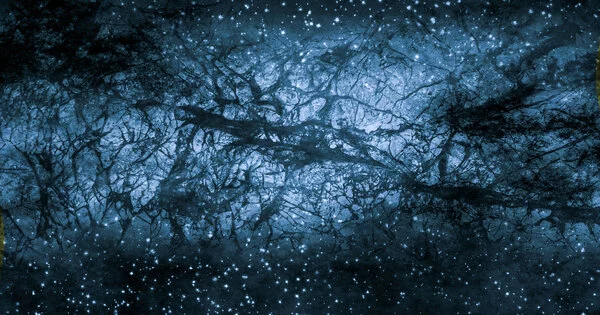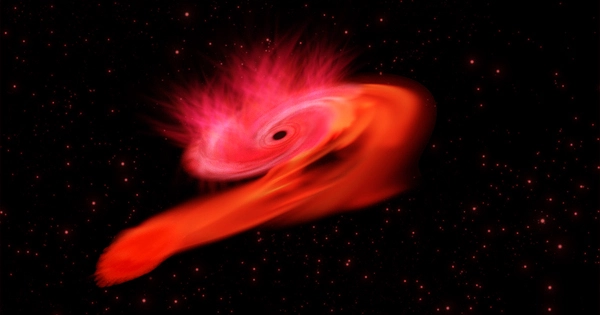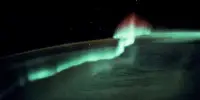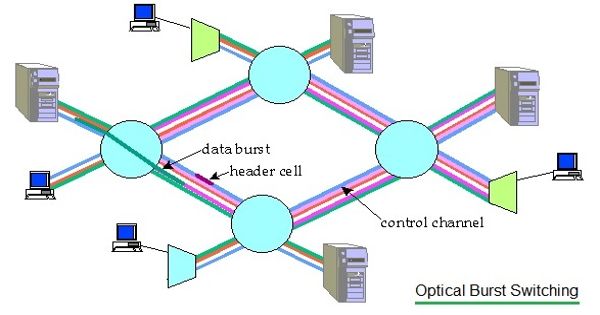Dark matter is a component of the universe whose presence is determined by gravitational attraction rather than brightness. Dark matter accounts for 30.1 percent of the universe’s matter-energy composition; the remainder is dark energy (69.4 percent) and “ordinary” visible matter (0.5 percent).
Scientists have discovered dark matter around some of the most ancient and distant galaxies ever discovered. The 1.5 million galaxies appear to be the same as they were 12 billion years ago, or less than 2 billion years after the Big Bang. As seen from Earth, these galaxies distort the cosmic microwave background, which is light emitted during an even earlier era of the universe. Scientists report in Physical Review Letters that this distortion, known as gravitational lensing, reveals the distribution of dark matter around those galaxies.
Understanding how dark matter gathers around galaxies early in the universe’s history may reveal more about the enigmatic substance. In the future, scientists may be able to use this lensing technique to solve a mystery about how matter clumps together in the universe.
One of the most interesting things in cosmology right now is whether that tension is real or not. This is a really nice example of one of the techniques that will help shed light on that.
Risa Wechsler
Dark matter is a massive, unknown substance that surrounds galaxies. Dark matter has never been directly detected by scientists, but its gravitational effects on the universe can be observed. Gravitational lensing is one of these effects: when light passes through a galaxy, its mass bends the light like a lens. The amount the light bends reveals the galaxy’s mass, including dark matter.
It’s difficult to map dark matter around such distant galaxies, says cosmologist Hironao Miyatake of Nagoya University in Japan. That’s because scientists need a source of light that is farther away than the galaxy acting as the lens. Typically, scientists use even more distant galaxies as the source of that light. But when peering this deep into space, those galaxies are difficult to come by.
So instead, Miyatake and colleagues turned to the cosmic microwave background, the oldest light in the universe. The team used measurements of lensing of the cosmic microwave background from the Planck satellite, combined with a multitude of distant galaxies observed by the Subaru Telescope in Hawaii. “The gravitational lensing effect is very small, so we need a lot of lens galaxies,” Miyatake says. The distribution of dark matter around the galaxies matched expectations, the researchers report.
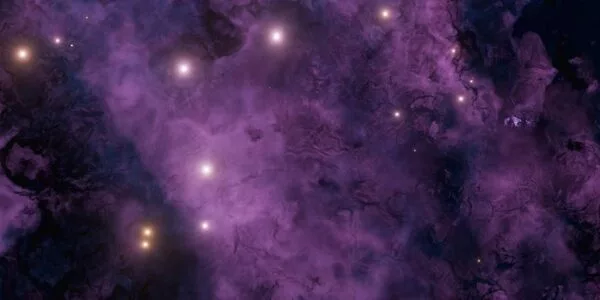
The researchers also estimated a quantity called sigma-8, a measure of how “clumpy” matter is in the cosmos. For years, scientists have found hints that different measurements of sigma-8 disagree with one another. That could be a hint that something is wrong with scientists’ theories of the universe. But the evidence isn’t conclusive.
“One of the most interesting things in cosmology right now is whether that tension is real or not,” says cosmologist Risa Wechsler of Stanford University, who was not involved with the study. “This is a really nice example of one of the techniques that will help shed light on that.”
Using early, distant galaxies to measure sigma-8 could help reveal what’s going on. “You want to measure this quantity, this sigma-8, from as many perspectives as possible,” says cosmologist Hendrik Hildebrandt of Germany’s Ruhr University Bochum, who was not involved in the research.
If estimates from different eras of the universe disagree, physicists may be able to develop a new theory that better explains the universe. While the new sigma-8 measurement isn’t precise enough to settle the debate, future projects like Chile’s Rubin Observatory could improve the estimate.
